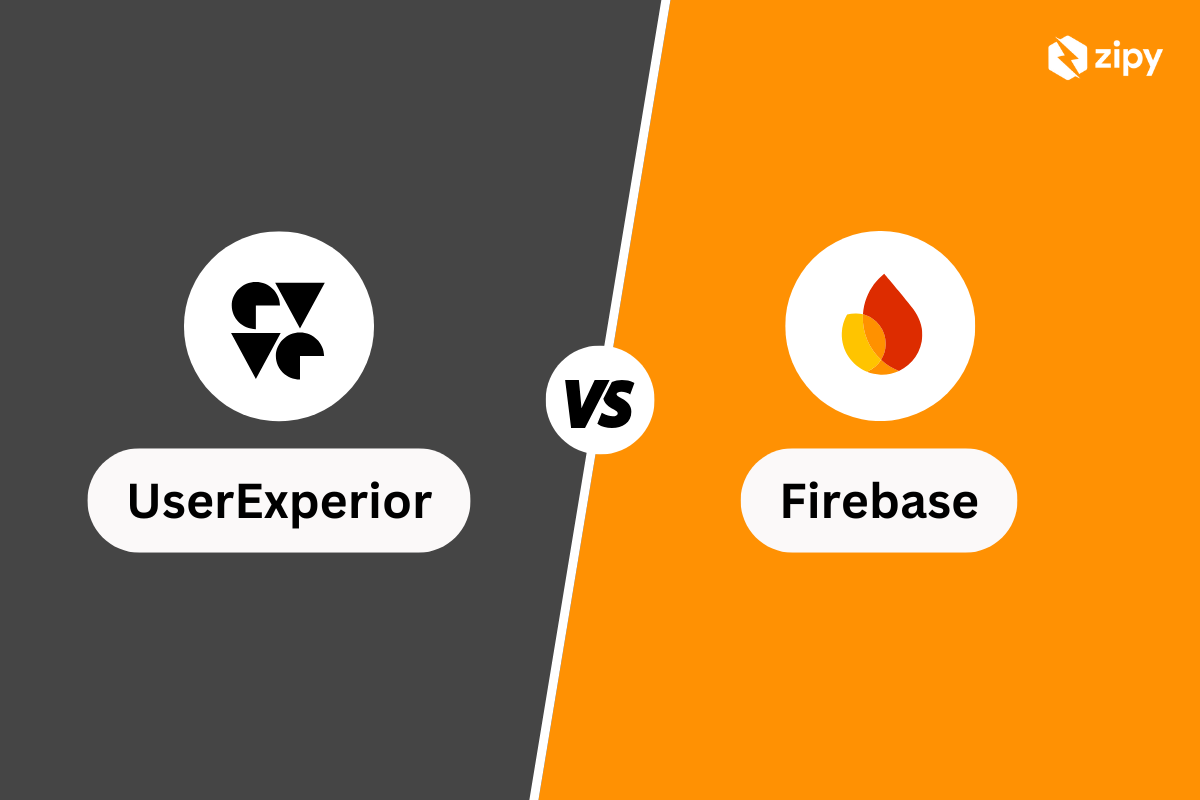Introduction
Welcome to our guide on resolving ReactJS State Errors. In the world of web development, ReactJS is a powerful library, but it's not without its quirks and challenges. One common stumbling block developers encounter is State Errors. In this article, we will explore what State Errors are, why they occur, and how to effectively troubleshoot and resolve them.
Understanding State Errors in ReactJS
Before we jump into solutions, let's establish a clear understanding of what State Errors are and what causes them within the ReactJS framework.
Scenario 1
Error code
Corrected code
Solution Summary
In this scenario, the error stems from improper state manipulation. The corrected code utilizes the prevState callback to ensure correct state updates, preventing State Errors.
Scenario 2
Error code
Corrected code
Solution Summary
Scenario 2 showcases a State Error caused by improper handling of asynchronous operations. The corrected code demonstrates the correct way to handle asynchronous updates, preventing errors and ensuring smooth operation.
Scenario 3
Error code
Corrected code
Solution Summary
Scenario 3 highlights a State Error involving unmounted components. The corrected code introduces safeguards to handle state updates properly, even when the component is unmounted, preventing common errors.
Handling State Errors in ReactJS
Now that we've covered scenarios and solutions, let's explore best practices for effectively handling State Errors in ReactJS applications.
Proactive Error Debugging with Zipy
To enhance your ReactJS development experience and reduce the occurrence of State Errors, consider using tools like Zipy. Zipy offers proactive error monitoring and user session replay capabilities, making it easier to identify and resolve runtime ReactJS errors. Discover how Zipy can improve your development workflow.
Conclusion
In this comprehensive guide, we've delved into the realm of ReactJS State Errors, providing insights, code examples, and solutions to help developers navigate and conquer these challenges. By implementing the suggested corrections and leveraging tools like Zipy, you can ensure a smoother React development journey with fewer State Errors.
Resources on how to debug and fix ReactJS Errors
- 18 common React errors and a comprehensive guide on React error handling
- 13 best React debugging tools
- React Debugger for Bug Tracking & Resolution | Zipy AI
- How to handle ReactJS Syntax Errors?
- How to handle ReactJS Reference Errors?
- How to handle ReactJS Type Errors?
- How to handle ReactJS Range Errors?
- How to handle ReactJS Lifecycle Errors?
- How to handle ReactJS Props Errors?
- How to handle ReactJS Render Errors?
- How to handle ReactJS Event Handling Errors?
- How to handle ReactJS Key Prop Errors?
- How to handle ReactJS Conditional Rendering Errors?
- How to handle ReactJS Redux Errors?
- How to handle ReactJS Router Errors?
- How to handle ReactJS Ajax/HTTP Errors?
- How to handle ReactJS Form Handling Errors?
- How to handle ReactJS Fragment Errors?
- How to handle ReactJS Context API Errors?
- How to handle ReactJS ComponentDidCatch Errors?
Frequently Asked Questions
Question 1: How common are State Errors in ReactJS?
Answer 1: State Errors can be encountered in ReactJS applications, and understanding how to handle them is essential for developers.
Question 2: What are some best practices to prevent State Errors?
Answer 2: Developers can prevent State Errors by correctly handling asynchronous operations, using the prevState callback, and managing state updates in unmounted components.
Question 3: How can State Errors affect the functionality of ReactJS applications?
Answer 3: State Errors can lead to unexpected behavior, rendering issues, and application instability in ReactJS applications.
Question 4: Is it advisable to use the prevState callback for all state updates?
Answer 4: Using the prevState callback is recommended for state updates that depend on the previous state, ensuring correctness and consistency.
Question 5: What advantages does Zipy offer for ReactJS error debugging?
Answer 5: Zipy provides proactive error monitoring, real-time alerts, and user session replay capabilities, enabling developers to detect and address errors efficiently.
Key Takeaways
1. Utilize the prevState callback for state updates dependent on previous state.
2. Properly handle asynchronous state updates in React components.
3. Implement safeguards to handle state updates in unmounted components.
4. Consider using Zipy for proactive error monitoring and resolution in ReactJS development.
.svg)





.png)
.png)




.webp)